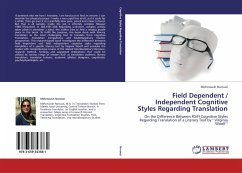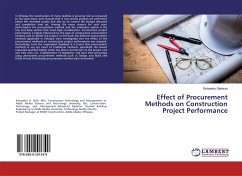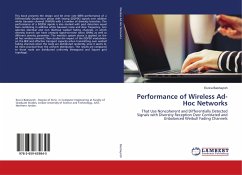The non-corrodible fiber reinforced polymer (FRP) bars have been used as reinforcement for bridge deck slabs, barrier walls, and parking garages to mitigate the corrosion problem of conventional steel. Among different types of FRP materials, the lower cost of glass FRP (GFRP) bars makes them attractive for the bridge industry. Unlike steel, GFRP materials do not corrode by nature; however, GFRP-RC is still susceptible to other forms of deterioration due to harsh environments involving de-icing chemicals containing sulfate salts and alkalis, which can readily penetrate concrete through cracks or other mass transfer mechanisms. These environmental conditions are considered critical in the durability-based design of concrete structures since they may lead to material degradation and de-bonding of reinforcement. This study is mainly investigating the contribution of the longitudinal reinforcement in controlling early-age cracking in FRP-RC structures. The scope of this program is to study cast-in-place bridge deck slabs reinforced with sand-coated GFRP bars. The results are presented in terms of cracking pattern, width and spacing, and strains in the reinforcement and concrete.








